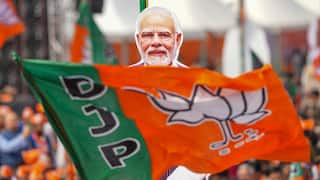New Material Holds Promise For Stronger And Lighter Vehicles And Helmets: Study
The new material offers more protection from a wide range of impacts. Being lighter, the material could reduce fuel consumption and the environmental impact of vehicles.

New Delhi: Researchers have recently created a shock-absorbing material that protects like a metal, but is lighter, stronger, reusable. It is a foam-like material, and could prove to be game-changing for helmets, body armour, and automobile and aerospace parts.
The study, conducted by researchers from Johns Hopkins University in Maryland, was recently published in the journal, Advanced Materials.
How Is The New Material Special?
Quoting senior author Sung Hoon Kang, a statement issued by Johns Hopkins University said that the researchers are excited about their findings on the extreme energy absorption capability of the new material. Kang added that the material offers more protection from a wide range of impacts. Being lighter, the material could “reduce fuel consumption and the environmental impact of vehicles” while being more comfortable for protective gear wearers, he said.
Kang, whose aim was to create a material even more energy-absorbing than current car bumpers and helmet padding, noticed the typical materials used for these critical protective devices do not perform well at higher speeds and often are not reusable.
Liquid crystal elastomers (LCEs) are mainly used in actuators and robotics. The researchers used high energy-absorbing LCEs to increase the material’s ability to withstand impact, the study said.
The team also tested the material’s ability to withstand impact. The researchers observed that the material held up against strikes from objects weighing about four to 15 pounds, coming at speeds of about 22 miles per hour. Due to limits of the testing machines, the tests were limited to 22 miles per hour. The researchers, however, are confident that the padding could safely absorb even greater impacts, the statement said.
The team is exploring a collaboration with a helmet company to design, fabricate, and test next-generation helmets for athletes and the military.







































